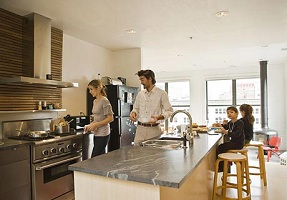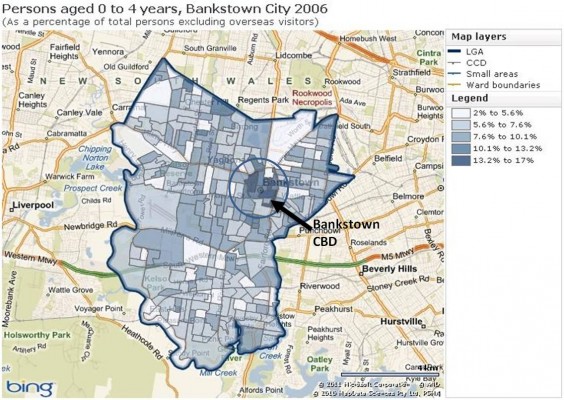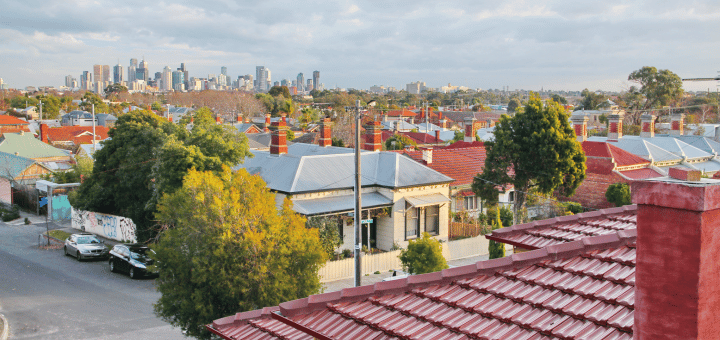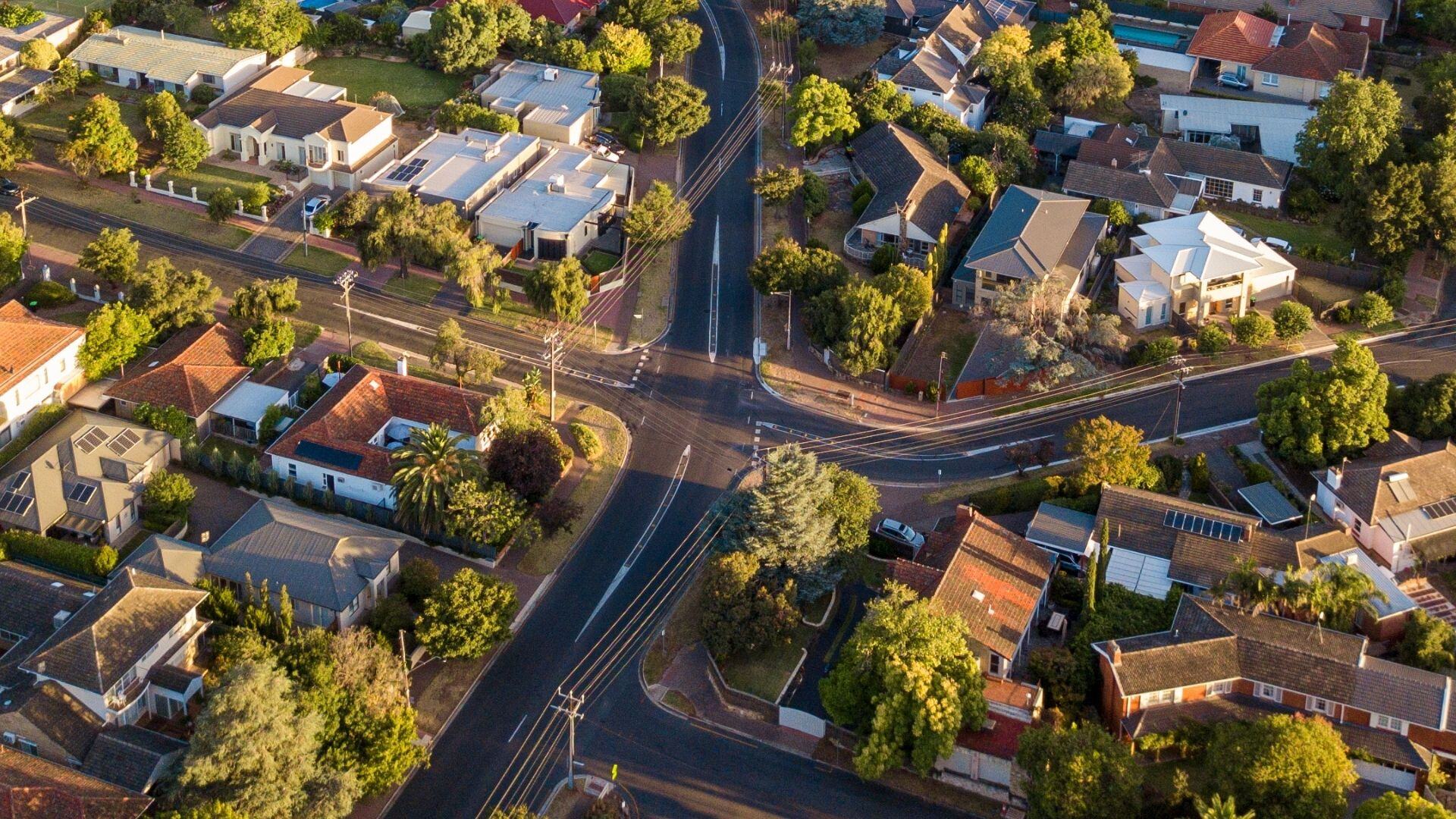In which countries of the world do families live in apartments? I suspect that a significant percentage of families live in apartments in all urbanised (developed and developing) countries – with the exception of New Zealand and Australia.

Intuitively, you’d say that’s because, in Australia at least, we live in a wide brown land with an ample supply of land to build suburbs that provide the perfect family lifestyle housing – 4 bedroom houses with a yard for kids to play in. Local parks, nearby schools, public transport etc. Yet we are constantly expressing angst about housing and infrastructure affordability and the great challenges of providing appropriate infrastructure for our rapidly growing outer suburbs.
Why not provide more housing for families where the infrastructure already is?
In the last 15 years we have seen an apartment boom in the city centres of Australia but there is scant evidence that these are being built for and taken up by families. In general the largest apartment format we build is the 2 bedrooms-2 bathrooms-2 car parks format.
I should say, however, the exception to family apartment living in Australia is in the high rise public housing towers that typically house recent migrants, a large proportion of which are young families.
I was exploring the evidence across the vast resource of community profiles and social atlases produced by .id for local government. An interesting example I came across was in the City of Bankstown atlas.id.
Given that a high concentration of 0-4 years old is an indicator of young family households, you’ll notice a high concentration of this indicator in the Bankstown CBD.

However, this is an area where there is a high concentration of apartment living, which is characteristic of most CBD areas (and not where you’d typically find young family households). Have a look at the distribution of higher density apartment living in Bankstown in the map below.

If you go to the map in the Bankstown’s atlas.id, and convert the map to the ‘bird’s eye view’ of this precinct, this confirms the urban form evident from the census data – you’ll see that the streetscape of these precincts is of 3, 4 and 5 storey apartments. I also clicked on the tenure map in the atlas and noted that these were not public housing estates, but predominantly private rental (the map image looks very similar to the above high density dwellings map).
I then went to the City of Bankstown profile.id to explore this further. The questions in my mind were: Are there families living in apartments in Bankstown CBD? And if there are, what are their characteristics?
The profile indicates that households in the Bankstown CBD precinct are young, low income, migrant families, primarily from Vietnam, Lebanon and China (with increasing numbers from Pakistan and India). While they are not public rental tenants, they are living in relatively affordable private rental apartments. This precinct displays significant advantages beyond just providing affordable apartment housing for young families – it is close to all the higher order services and facilities typically associated with CBD living, including extensive public transport options.
While this is by no means conclusive evidence that there is a market for family households living in apartments in Australia, the recent significant growth in our migrant population may lead the way for more family oriented apartment living.
I recall a few years ago Terry Burke, a housing expert from Swinburne University, predicting the apartment boom in Australian cities that commenced 15 or so years ago. I asked Terry how he made this prediction. While I was expecting a sophisticated economic analysis, he simply said, “I just had a look at what was happening overseas.” This leads me to think that if we build larger format apartment dwellings specifically designed for families, then they will be taken up – possibly for a range of markets. That is, not just by low income recent migrant families but perhaps by home buyers – particularly if they are located in places where there is already a wealth of services and facilities.
Given the amount of apartment development that has taken place since the 2006 Census, I’m very interested to see what the 2011 Census will reveal – any middle class families living in apartments in the established urban areas?
.id is a team of demographers, population forecasters, spatial planners, urban economists, IT and data experts who use a unique combination of information, applications and consulting to help governments and organisations understand people and places for evidence-based planning.
Access our population forecasts for Local Government Areas here.











